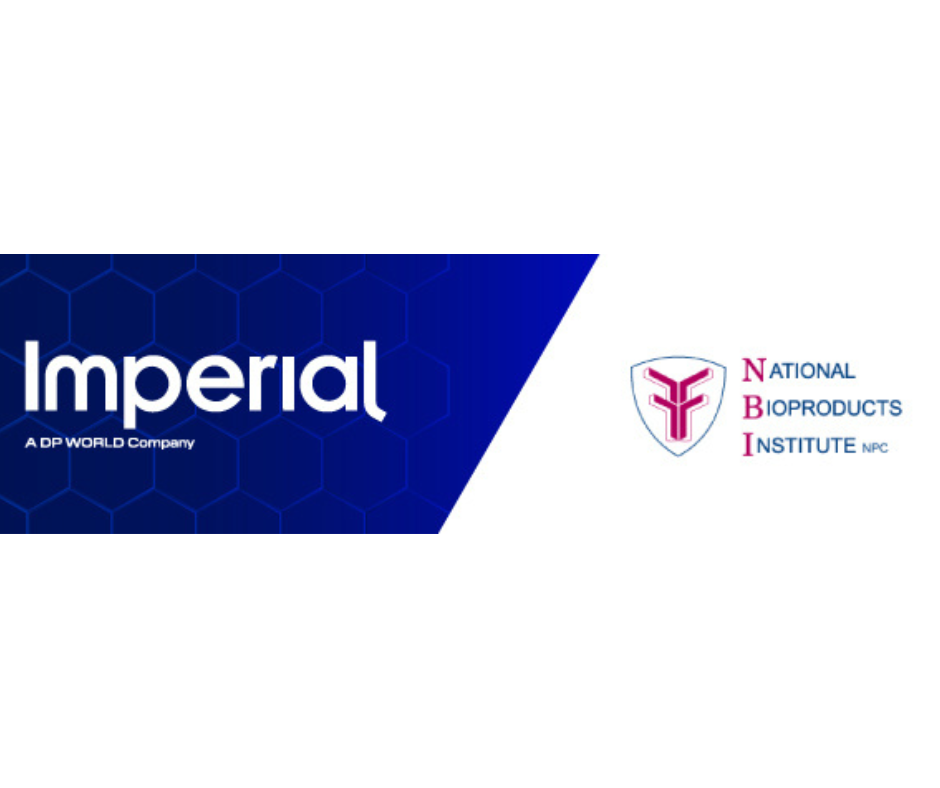Ransomware is a pressing threat to business. It is everywhere, and the likelihood of being attacked continues to increase almost by the day, which makes it more important than ever for organisations to ensure their systems and data remain secure and resilient. The challenge is that environments have become increasingly distributed, with work from home, hybrid systems and cloud integrations becoming the norm. This means that the attack surface is bigger than ever, and visibility can be difficult. A holistic view over the entire environment, with a systematic approach and a single framework, helps to reduce complexity and improve the management of cybersecurity risks.
A single pane of glass
When data is located, generated, and stored across multiple environments, both in the cloud and on prem, management becomes increasingly complex. This is why it has become essential to have a management solution that delivers a single pane of glass view, to help businesses identify and mitigate risks across the entire data environment. With this view and an effective risk management framework, organisations are empowered to gain greater control.
Not only does a consolidated view help to reduce the attack surface, it also strengthens security posture, and importantly, helps organisations identify any gaps in strategy and solutions. In addition, it provides continuous monitoring and ongoing insight into the health of the environment, so that issues can be proactively addressed and corrected before they can become vulnerabilities for cybercriminals to exploit.
Four pillars of risk management
There is no one size fits all approach to security, as every environment and organisation is different, risk appetite differs, and tools that may be appropriate for one business may be less than ideal for others. However, there is a common approach that can be followed that helps to outline the steps necessary. Effective risk management requires threats to be identified, assessed, mitigated, and monitored for continuous monitoring and updating of security controls. A single view of the environment will simplify this process and streamline the steps so that organisations can more easily maintain and enhance security posture.
A zero-trust framework
Having a framework that is built on zero trust is another important component of effective risk management and control. Including authentication, authorisation and audit into zero trust controls is vital to protecting access as well as various levels of access, ensuring that trust is continuously validated.
Different levels of control with multi-factor authentication need to be applied for various access types, ensuring that data can be kept private, segmented and compartmentalised, and that only those who need access to specific data will be able to access it. For example, backup administrators need to be able to manage backup operations, but they do not need to be able to access sensitive corporate data. It is also imperative to ensure that multiple layers of authentication controls are in place, not only to prevent malicious attacks but also insider threats and even accidental deletion of files.
Constant vigilance
The threat landscape is constantly changing and evolving, and security is only as good as the weakest link. A single pane of glass view with continuous monitoring and alerting ensures that businesses can address security across the entire data environment, and can understand vulnerabilities, as well as when controls are applied or disabled. Without visibility across the environment, security becomes a complex and cumbersome task, making businesses prime targets for ransomware as well as compliance breaches. Implementing best practice frameworks with visibility across the environment simplifies risk management and enhances security posture to address this growing threat.





